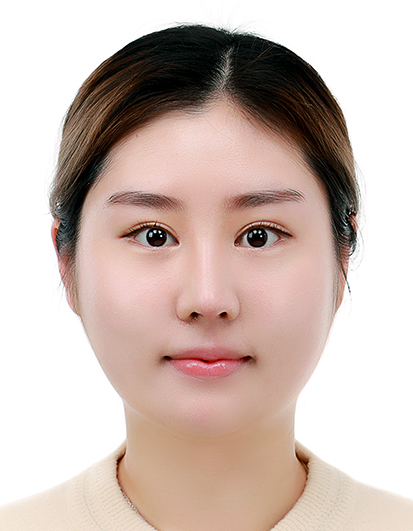What it does
Pappi Board is a sustainable furniture piece made by upcycling office waste paper into board panels. It functions as a mobile partition and can be used as a memo board, wall-mounted board, or interior element, completing an eco-friendly, smart office space.
Your inspiration
We started to pay attention to A4 paper, which is easily thrown away in everyday office environments. We felt the seriousness of resource waste in that it takes about 10L of water to make one A4 sheet, emits 2.88g of carbon, and saves four boxes of A4 (about 58kg). This led us to think of ways to use paper from an office environment as a new furniture material by mixing it with sawdust rather than simply discarding it. Based on this, we wanted to reduce waste in the office and design sustainable furniture that circulates resources.
How it works
Pappi Board can be used in office environments both as a partition to divide spaces and as a storage board to organize books, stationery, and ideas. The storage units come in various forms depending on their purpose and can be freely arranged by inserting and removing them using wooden pegs that fit into the holes on the board. Wheels at the bottom allow for easy relocation, making efficient use of space. Additionally, the board panel, made from recycled paper, has sound-absorbing properties that help create a quieter office environment. If the board panel is damaged, it can be easily replaced through side slots, enabling continuous and sustainable use.
Design process
Work development began by experimenting with the ratio of waste paper and sawdust to maintain a firm shape and not overly darken the color. First, based on 100 percent of waste paper, we mixed very fine sawdust in a ratio of 10 percent, 20 percent, 30 percent, and 40 percent to make the plate. As a result, 10 percent and 20 percent were not hard, and 30 percent and 40 percent were hard, but the color was too dark. As a result, the sawdust's particle size was changed to thick and tested again in the same ratio, and 30% and 40% also formed a hard plate. The final choice was made because the 40% ratio came out brighter in strength and color. We made a prototype one-tenth the size of the furniture out of this material, and hand-molded the appropriate size of the plate. However, during the manual process, the edges of the plate were easily broken, leading to an improvement in the direction of more sophisticated and durable furniture production if the press machine could be compressed and processed under constant pressure. Based on the data obtained by repeatedly experimenting with various aspects such as material ratio, particle size, color, and intensity, we plan to improve both materials and manufacturing processes more precisely and systematically in the future.
How it is different
PaPPi Board is meaningful in its development of materials that stand apart from existing products. While typical recycled paper products lack durability, PaPPi Board combines waste paper with discarded sawdust, creating a stronger, more rigid material. The addition of sawdust also gives it a warm, natural texture similar to wood, both visually and to the touch. Functionally, PaPPi Board is also unique. Its modular design allows damaged panels to be replaced individually without discarding the entire piece, enhancing sustainability. Users can also reconfigure or expand the structure based on their needs, making it highly adaptable. In terms of material, structure, and usability, PaPPi Board offers a distinct solution that balances environmental responsibility with practical and emotional user needs.
Future plans
In the future, PaPPi Board materials will not only be used in office furniture, but also in a wider field such as public places and household furniture. Through this, we hope that we can rethink the use of paper that ends with one-time consumption and realize the natural cycle of resources in our daily lives. In addition, we will continue to develop materials that increase the durability and design potential of materials according to various furniture types and usage environments, and we hope that PaPPi Board will become a sustainable material and contribute to the protection of the global environment.



Share this page on